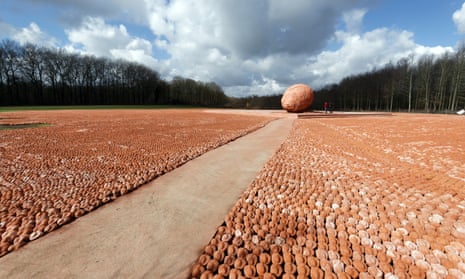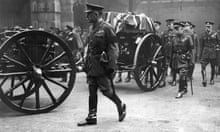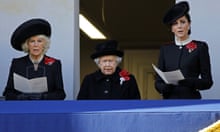Weeds are growing in a Flanders field. The straggly wild plants are sprouting through the newest first world war memorial in Belgium, one that offers a different way of remembering the conflict.
Entitled Coming World, Remember Me, the work consists of 600,000 individual clay sculptures, one for each person – soldier and civilian – killed on Belgian soil during world war one. At the centre of the installation is a giant egg, to symbolise a new world.
Allowing the weeds to grow is not a mark of irreverence, but a symbol of nature reclaiming the battlefield, according to Koen Vanmechelen, the Belgian conceptual artist behind the work.
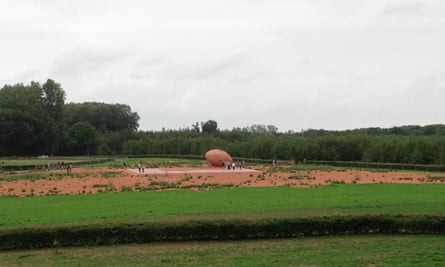
“It is not a monument like a war monument,” he told the Guardian. “This is a peace monument, and it is a reflection on whatever was and the desire of having a new world.”
The mass of tiny clay sculptures, spilling over parkland, offers a stark contrast to the immaculate war graves, maintained by the Commonwealth War Graves Commission.
Work began on the project in 2014, 100 years after the first world war began. Half of the sculptures were made by schoolchildren and volunteers, the rest by an artists’ collective. Each was made in a mould to ensure consistent shape and size, but finished by hand, so no two are alike. Some have markings, or a sprinkling of sand baked into the clay. Others bear initials, names and occasional messages, such as “Why?”.
Each sculpture was funded by an individual donation of €5 (£4.50), with half going to children’s charities in Congo, Uganda and Zimbabwe. The tens of thousands of people involved in making the sculptures were given the name of the person it commemorated.

The sculpture stands on what was no man’s land, the scene of some of the most terrible fighting of world war one. It was in Flanders that armies used some of the war’s cruellest weapons for the first time, such as mustard gas and flamethrowers.
The once-blasted land is now Palingbeek park, 254 hectares of wood and grassland, fragrant with wildflowers. Sheep graze in the orchards. The park is criss-crossed with cycle lanes and walkers.
Hints of the past are not far away. The tranquil ponds in the woods are shell craters, created by the pounding of the land that peaked in the battle of Messines Ridge.
The frontline became stuck here in October 1914, part of a circle of trenches around the medieval city of Ypres, which was left in rubble.
For almost four years Germany and the allies fought over the high sections of land in Westhoek – earthworks left by industrial projects of the nineteenth century – but the same clay soil that had doomed attempts to build a canal would later turn into the mud that made the terrain so treacherous for soldiers.
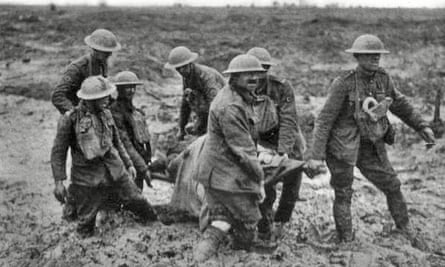
The artwork is underpinned by a separate project to name every single person who died in Belgium during the first world war.
“We felt we had to do it; you were often confronted with questions that you didn’t have an answer for,” says Piet Chielens, coordinator of the In Flanders Fields Museum, which has been drawing up the list of names.
Many of those who visit the museum in Ypres are searching for information about a relative named on the Menin Gate, the monument to British and Commonwealth soldiers with no known grave. But people from 125 modern-day nations fought in Flanders, and visitors from other countries – especially France, Germany and Belgium – have similar questions, Chielens says.
The registry of war dead is also correcting the historical record. Misspelled names and mistyped regiment numbers left gaps and confusion. Sometimes in the chaos of war, Belgian civilians were buried as unknown British soldiers. New information is emerging almost every day. “The counting never stops,” Chielens says.
The fate of the 600,000 sculptures after Armistice Day commemorations on 11 November is unclear, although the artist hopes they will find their way to museums around the world. Vanmechelen sees the work as a warning against forgetting: “It is very dangerous that we could easily create a new war if we don’t know what war is.”
